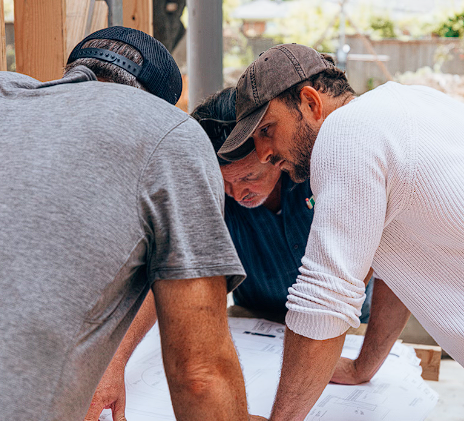Collaboration between architects and contractors is vital for seamless construction project execution. This blog explores the significance of their partnership, challenges encountered, and strategies for fostering effective collaboration to enhance project outcomes.
Importance of Collaboration:
- Aligning Vision and Execution: Architects’ creative designs meet practical construction needs, ensuring a harmonious balance between aesthetics and feasibility.
- Reducing Rework: Early collaboration detects design flaws or construction challenges, minimizing costly rework and delays during project execution.
- Enhancing Efficiency: Seamless communication and coordination streamline decision-making, optimizing project timelines and resource allocation.
- Improving Cost Management: Collaborative efforts result in accurate cost estimation and efficient budget allocation, aligning design aspirations with construction realities.
- Ensuring Quality Delivery: Joint problem-solving and knowledge-sharing elevate construction quality, meeting project objectives with precision.
Challenges to Collaboration:
- Communication Barriers: Differences in jargon and communication styles hinder effective collaboration, necessitating clear communication channels.
- Divergent Objectives: Conflicting priorities between design and construction teams may impede collaboration efforts, requiring alignment of project goals.
- Trust Building: Establishing mutual trust is crucial, demanding transparency and respect to foster a collaborative environment.
- Coordination Struggles: Poor coordination leads to discrepancies between design changes and construction activities, affecting project schedules and costs.
- Technology Disparity: Incompatibility in software and limited access to shared project data pose challenges, requiring technological alignment for seamless collaboration.
Strategies for Successful Collaboration:
- Early Engagement: Involving contractors in the design phase promotes constructability and aligns design with construction needs.
- Transparent Communication: Open dialogue and regular meetings facilitate idea exchange and problem-solving, nurturing trust and understanding.
- Unified Goals: Establishing shared project objectives and incentives encourages teamwork and mutual accountability.
- Integrated Project Delivery (IPD): Adopting collaborative delivery methods fosters shared responsibility and risk, optimizing project outcomes.
- Technological Integration: Utilizing collaborative software and Building Information Modeling (BIM) tools streamlines data sharing and enhances real-time collaboration.
Conclusion:
Effective collaboration between architects and contractors is essential for successful construction projects. By overcoming communication barriers, aligning objectives, building trust, improving coordination, and embracing technology, stakeholders can leverage their expertise to deliver innovative, high-quality projects on time and within budget.


